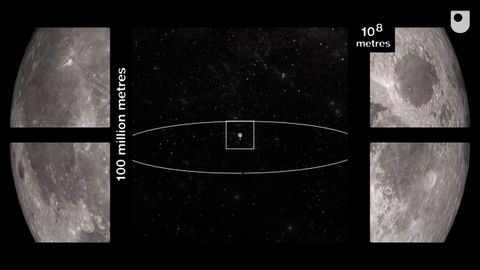BBCのアイデア宇宙の大きさは? (BBC Ideas: How Big is our Universe?)
Yung が 2024 年 06 月 20 日 に投稿  この条件に一致する単語はありません
この条件に一致する単語はありませんUS / dɪˈbet/
・
UK /dɪ'beɪt/
- n. (c./u.)討論;討論
- v.t./i.熟慮する;討論する
- n.嫌な場面、状況;風景;現場;(演劇や歌劇の)場面 : シーン
- adj.退屈な : つまらない : 味気ない;あいまいな;切れ味が悪い;光沢のない;頭が遅い;あいまいな
- v.t.鈍くする
エネルギーを使用
すべての単語を解除
発音・解説・フィルター機能を解除
